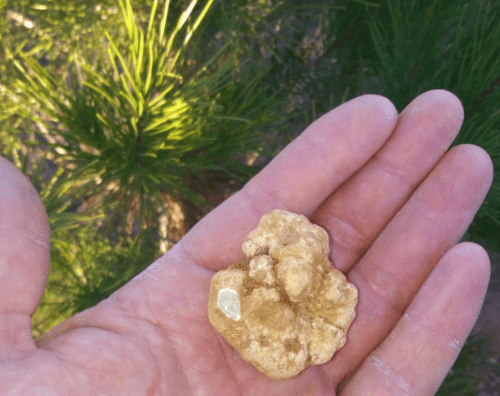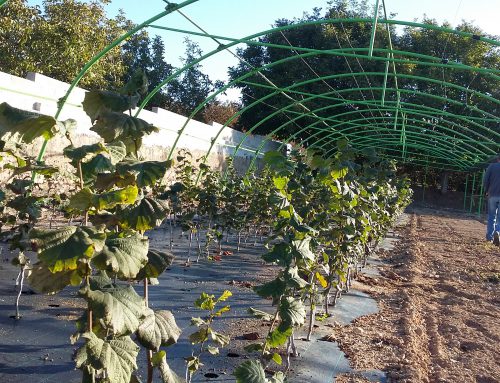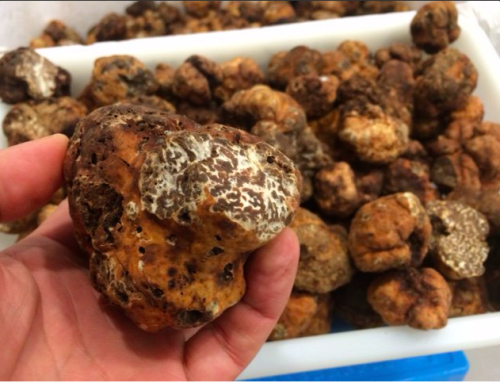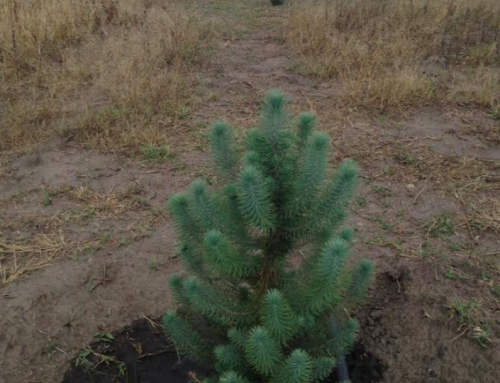Hace unos meses publicamos un póster en la conferencia TAUESG en Vísby sobre ecología de Tuber borchii, en la que se comparan las zonas de producción natural en Portugal, España y Hungría.
Aquí tenéis el enlace para descargar el póster
Os copio el abstract del trabajo (en inglés):
Tuber borchii Vitt., also known as bianchetto, is considered to be a valuable species among the white truffles. Plantations have been established in Italy, Portugal, Spain, and New-Zealand. The natural distribution T. borchii is reported to Europe from United Kingdom to Hungary, and from Poland to Sicily. It is considered common in Italy where the species has been widely cultivated and used as a useful organism in molecular studies.
Main host plants of the species include stone pine (Pinus pinea L.) and maritime pine (Pinus pinaster Aiton) but it is also frequent under broad-leaved trees, such as oaks (Quercus spp.), larch (Larix spp.), and beech (Fagus spp.). Bianchetto truffle prefers sandy, free draining, calcareous soils with a pH around 7.
The present investigation focuses on natural Tuber borchii habitats, and plantations, located in Hungary, Portugal, Spain, and New Zealand. The characterisation of soil properties and detailed description of habitats have being conducted in truffières of those countries, and the presence of truffle mycorrhizae is being measured by morphological/anatomical tools.
Previous results show a wide range of host plants in Europe, with P. pinea and Quercus suber L. the main species in Portugal; Pinus sylvestris L., Quercus ilex L., Quercus pubescens Willd., and Quercus coccifera L. in Spain; and Quercus cerris L. and Quercus robur L. in Hungary. Canopy coverage ranges from 10% to 35% in Portugal, 40-80% in Spain and 85-90% in Hungary. Standard techniques are being employed to assess soil chemistry and texture.
Saludos,
Marcos Morcillo






Deja tu comentario